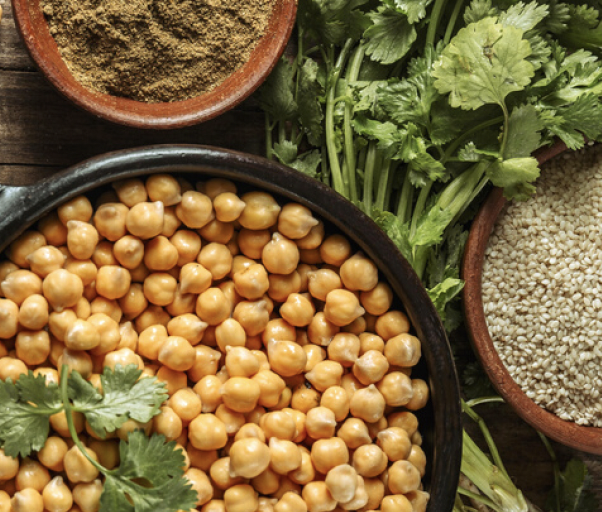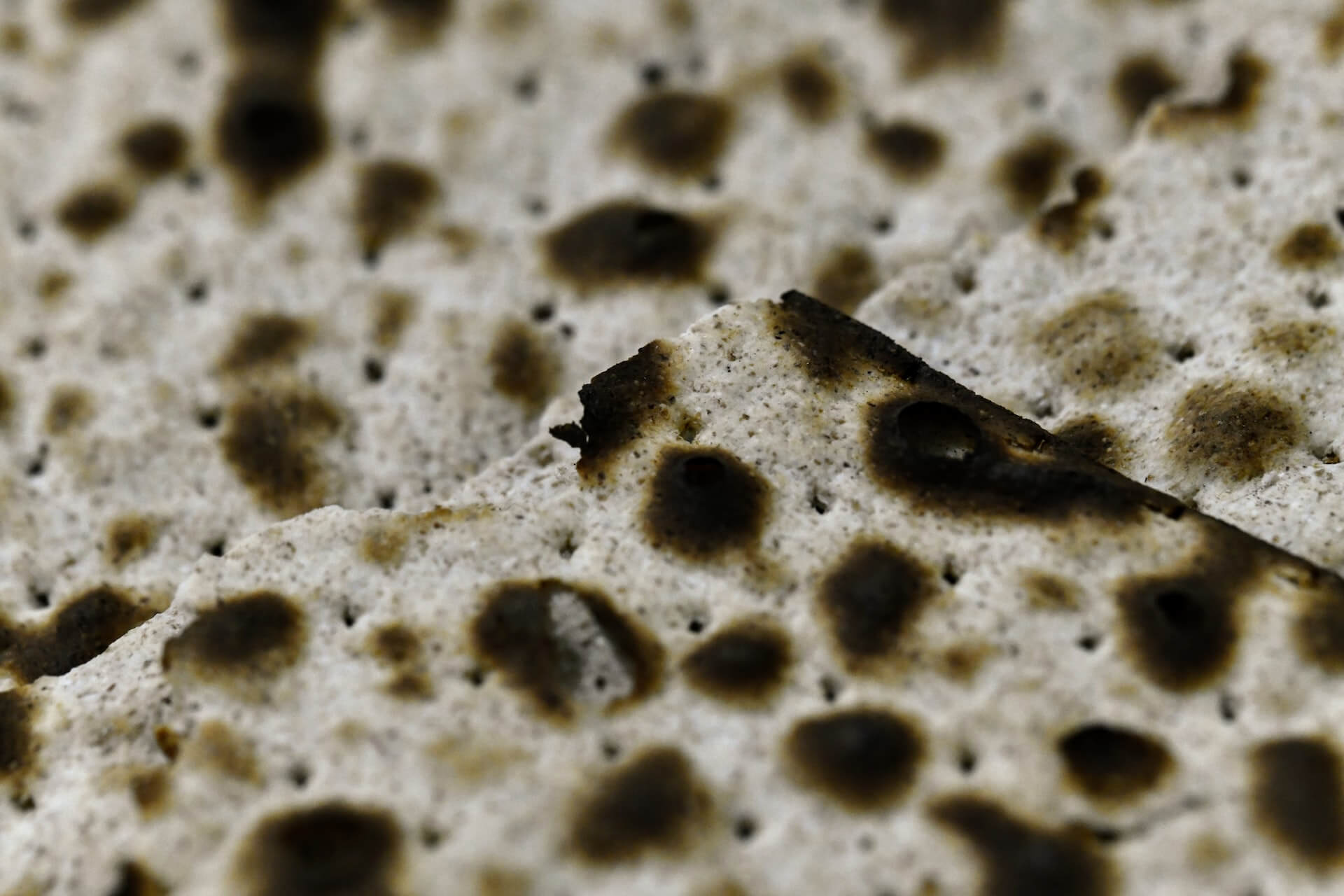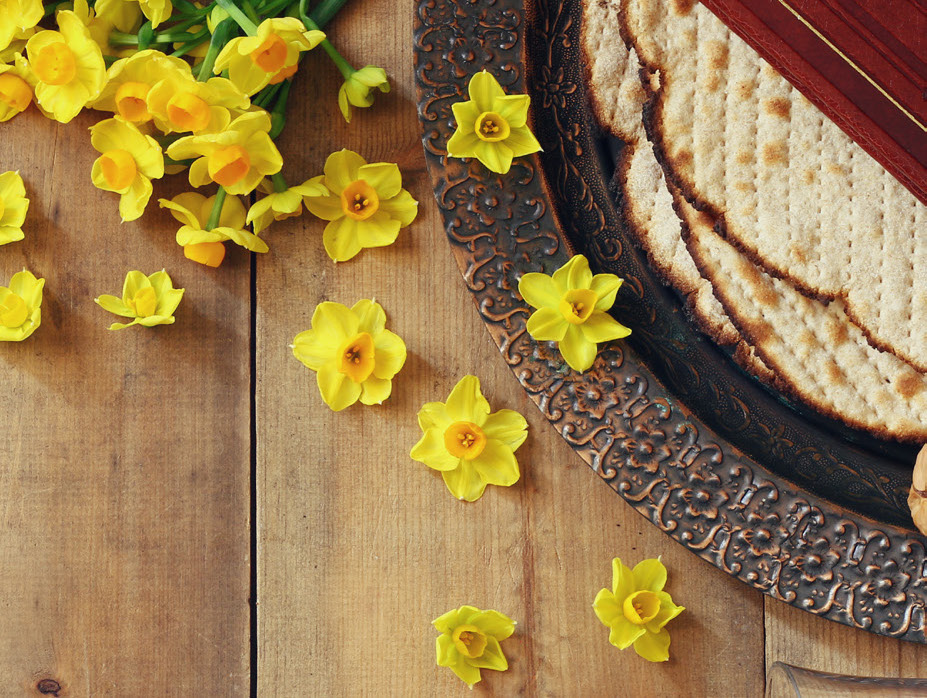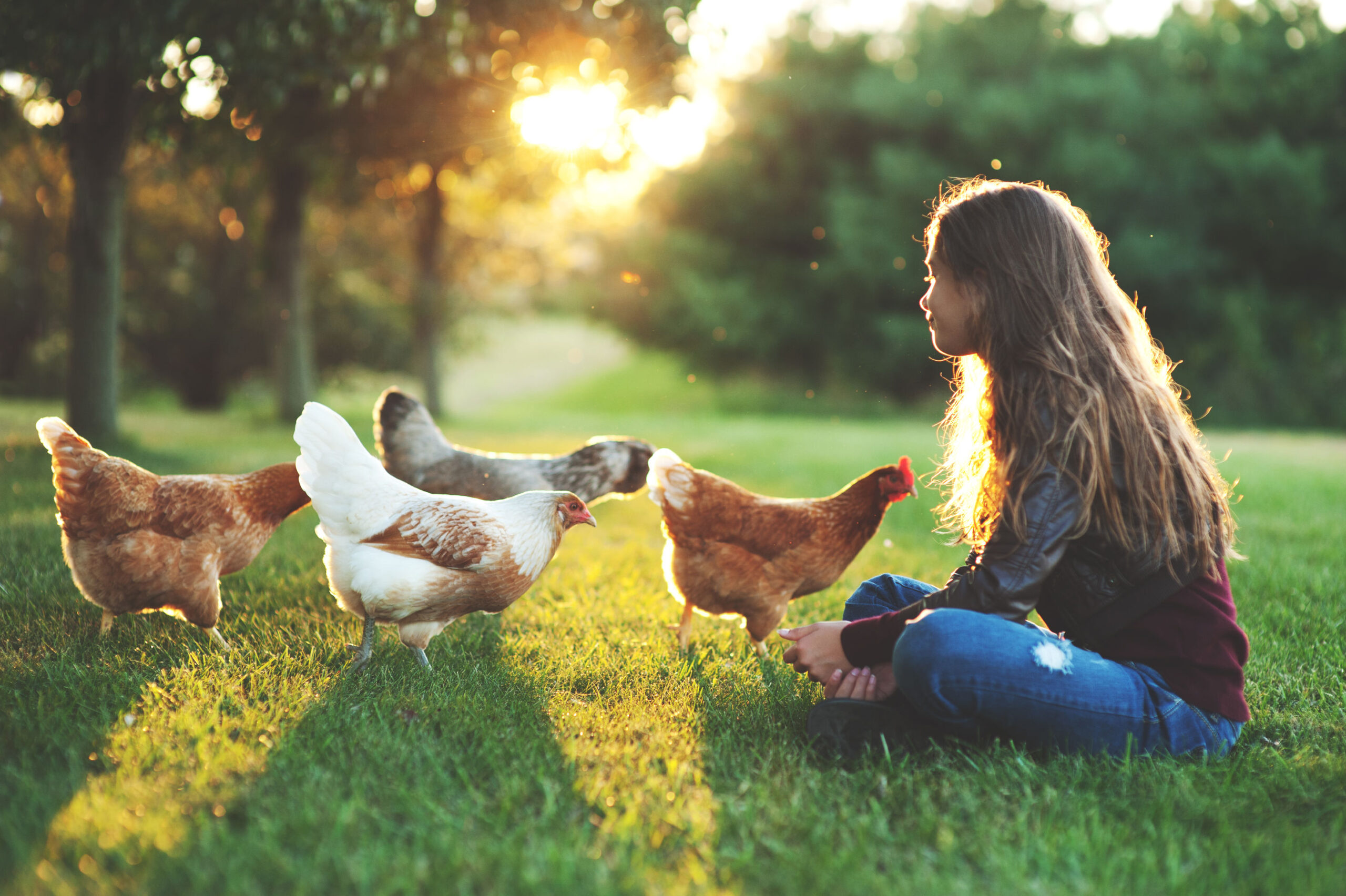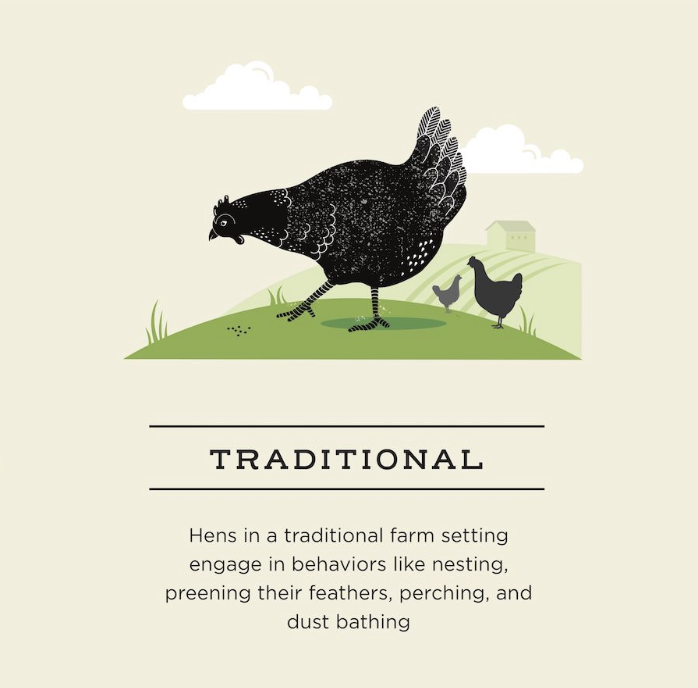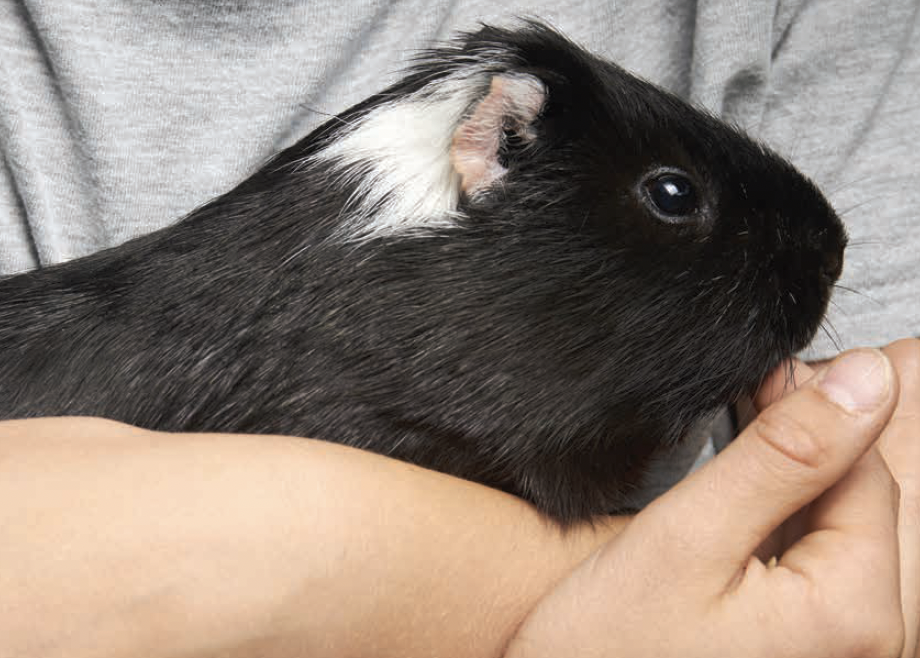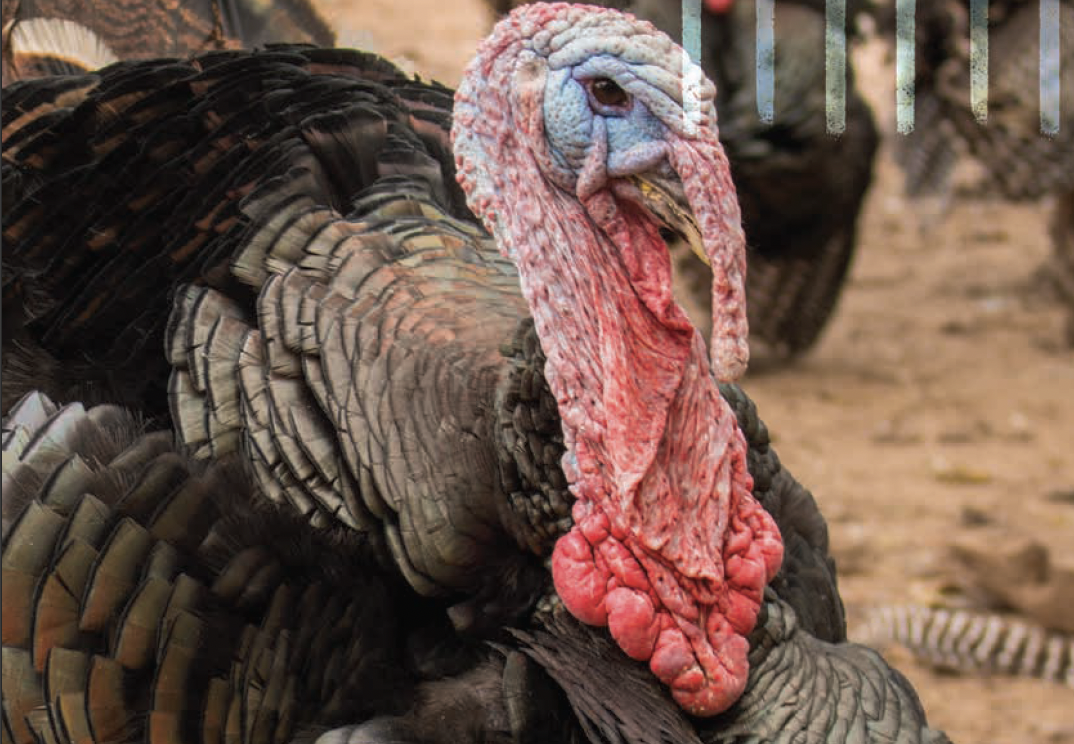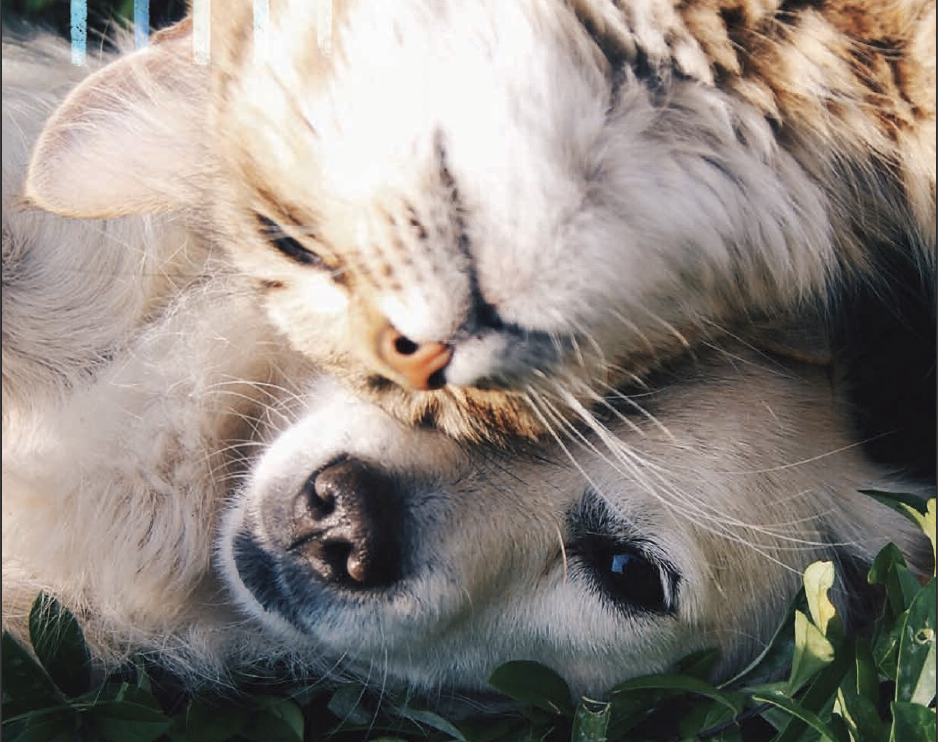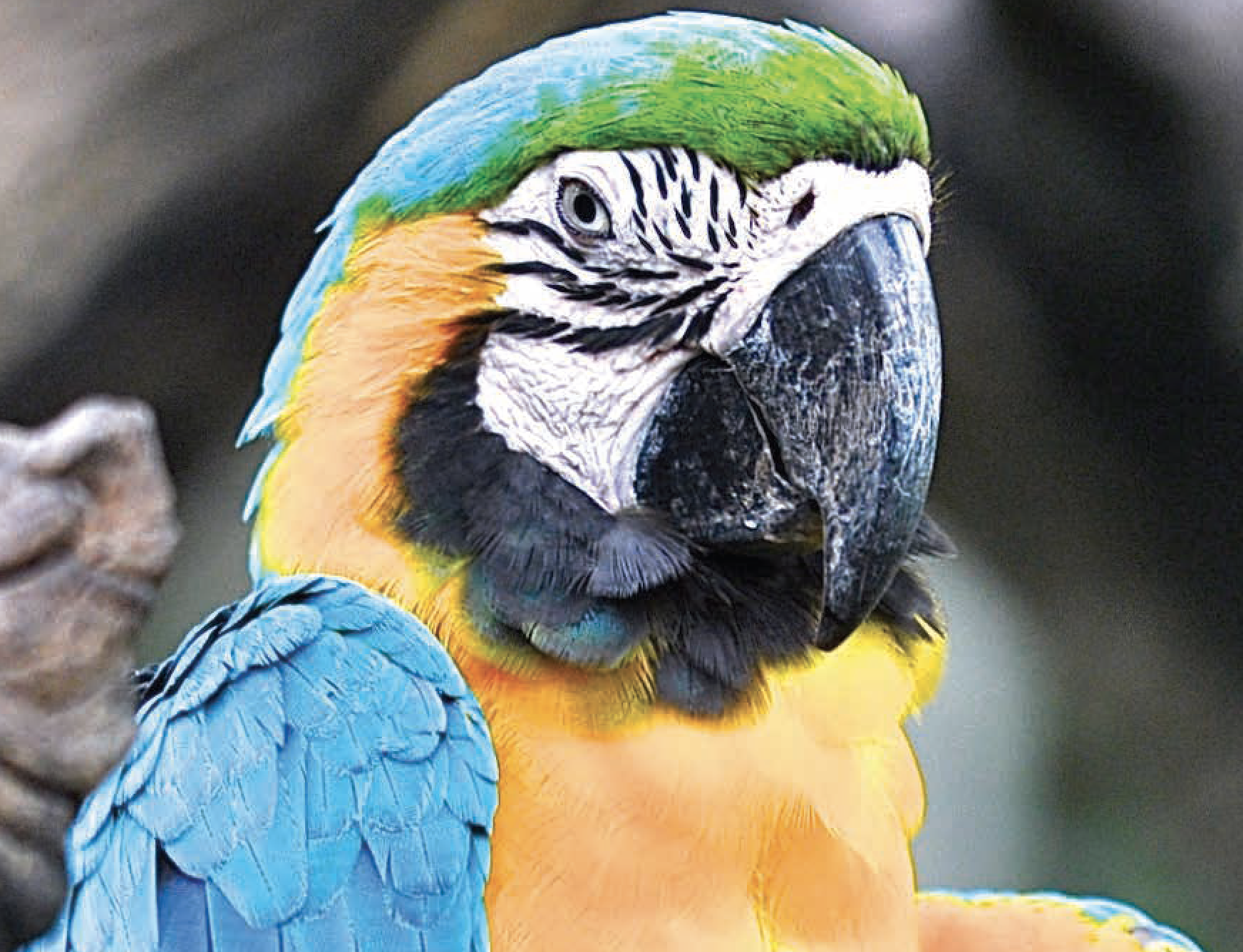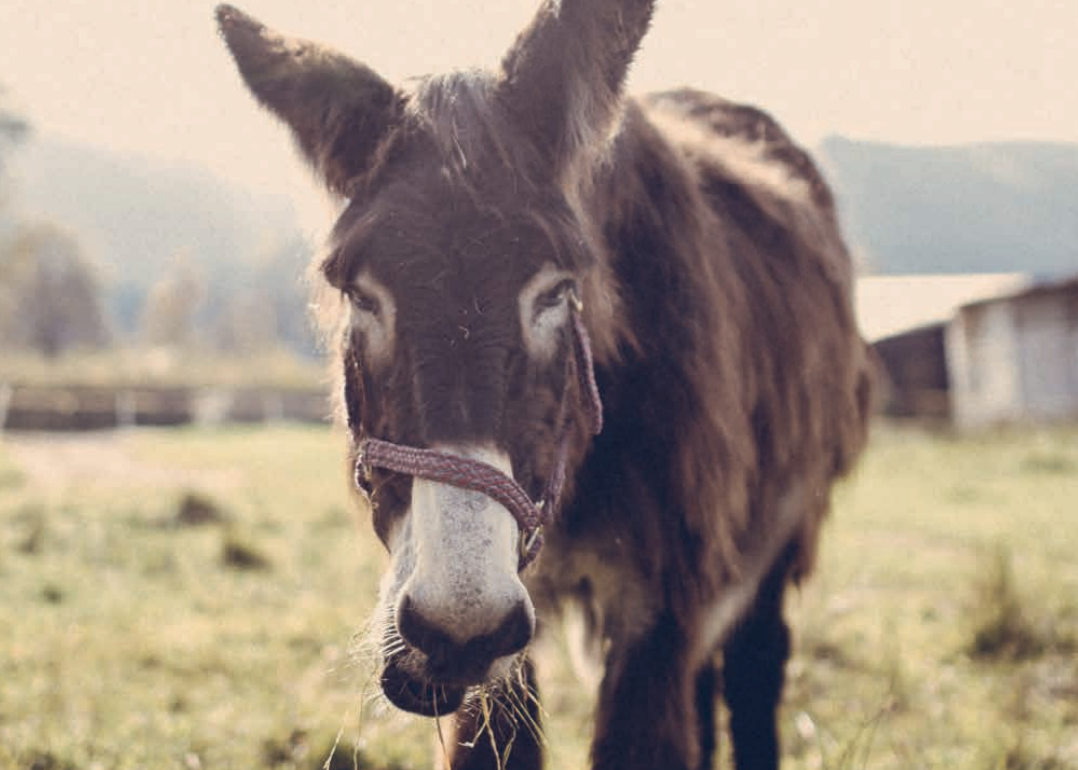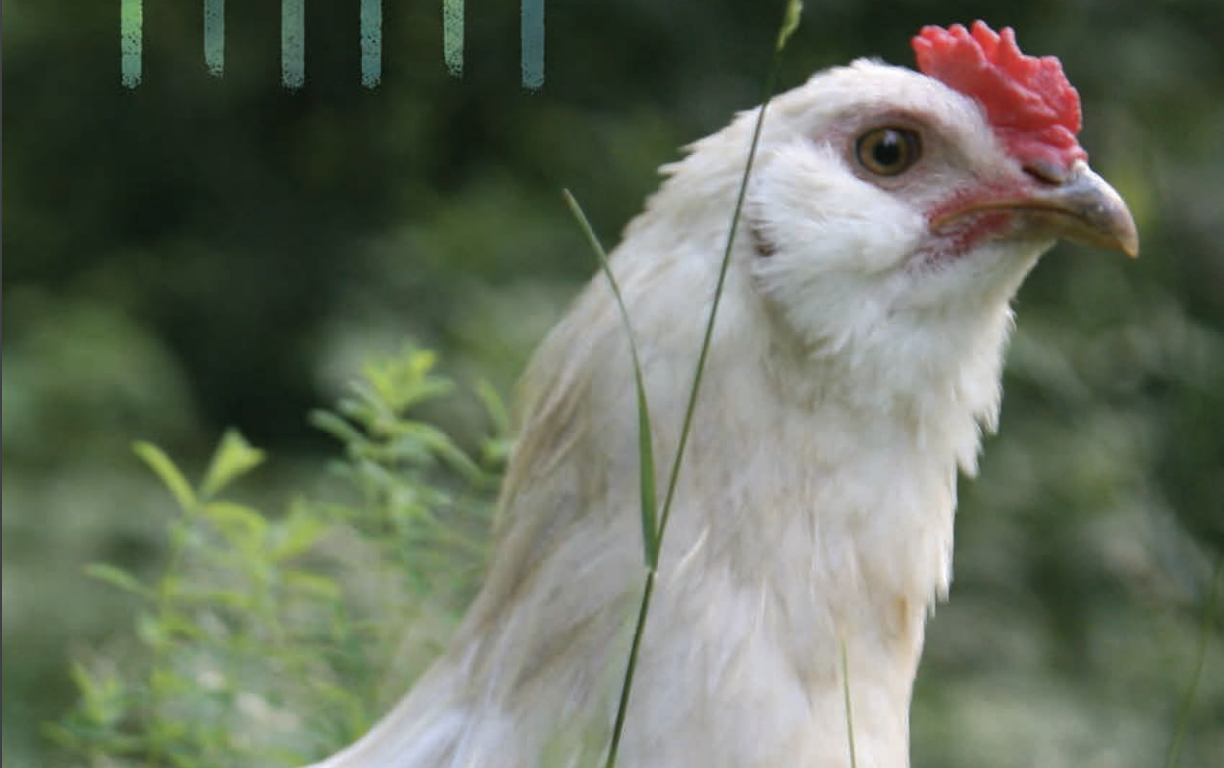Community
Resources
- All
- B'nai Mitzvah
- Food Tools
- Holidays
- Individual Lessons
- Jewish Farms and Gardens
- Study Guide

The Ark Project: Facilitator Guide
Jewish institutions can host a cohort of b’nai mitzvah students to design and complete a service-learning project as a group. JIFA has created The Ark Project Facilitator Guide for a lead educator (e.g. a farmer, educator, or clergy member) to facilitate a unique project.
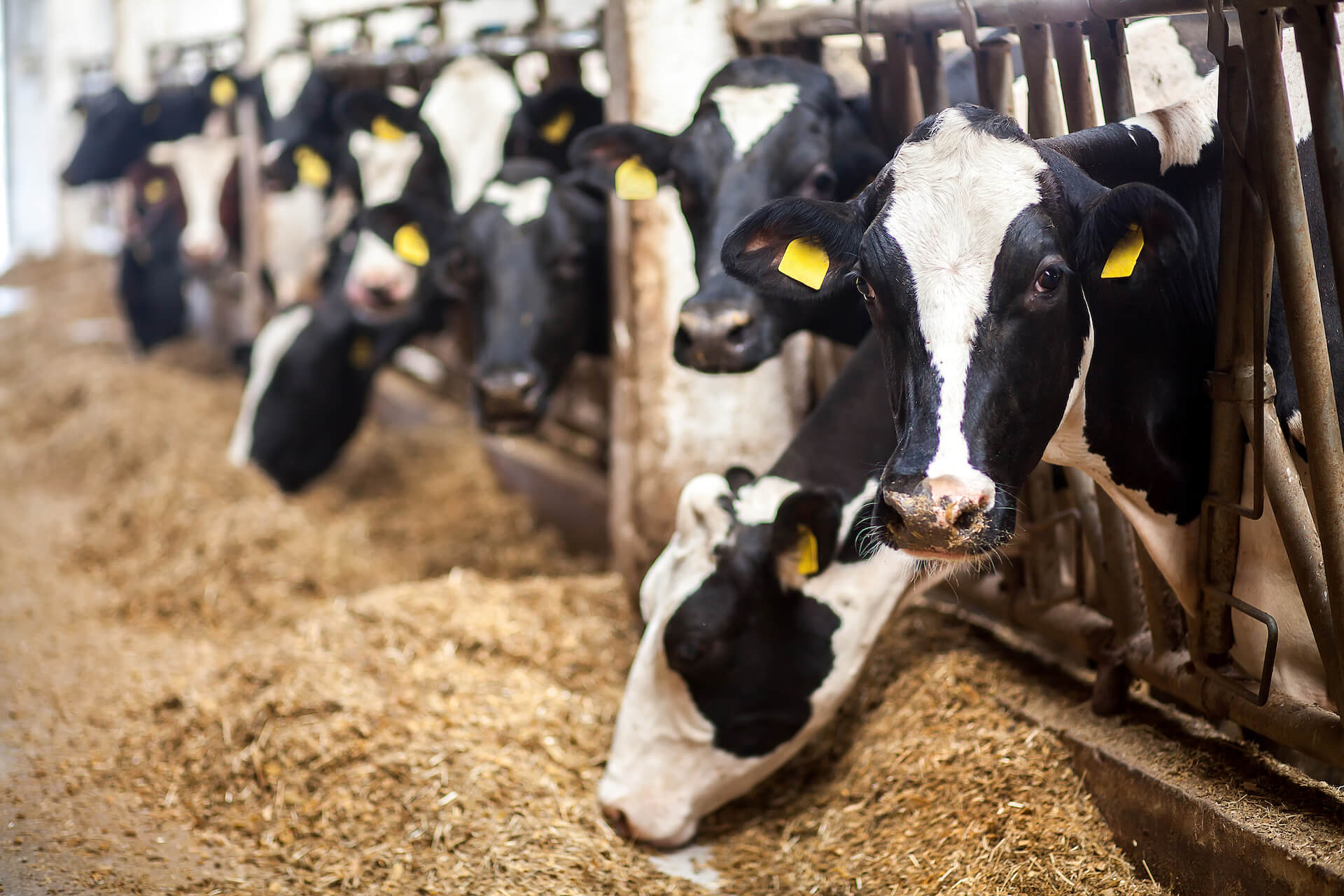
Dairy on Shavu'ot: A Mysterious Custom and its Meaning Today
One of the better known Jewish holiday customs is eating dairy on Shavu‘ot. Use this text study guide with questions for reflection to explore the food traditions of Shavu’ot, including the main reasons for dairy, and how and why we might revisit Shavu’ot’s other original food traditions in the age of industrial animal agriculture and climate change.
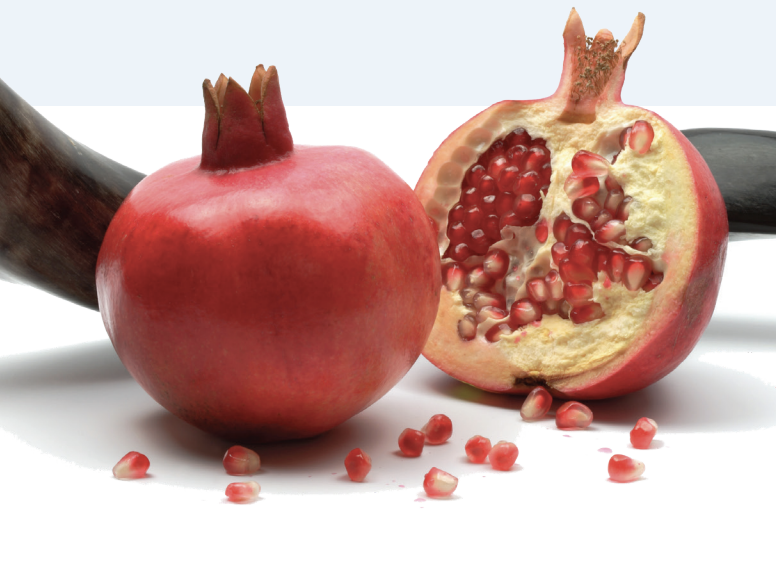
High Holidays Flyer: Compassionate Teshuvah
Use this double-sided flyer as a resource to promote Compassionate Teshuvah: a list of action items that will help your community do teshuvah – literally “return” – to a place of balance and resolution within ourselves and in all our relationships during the high holiday season and year-round.
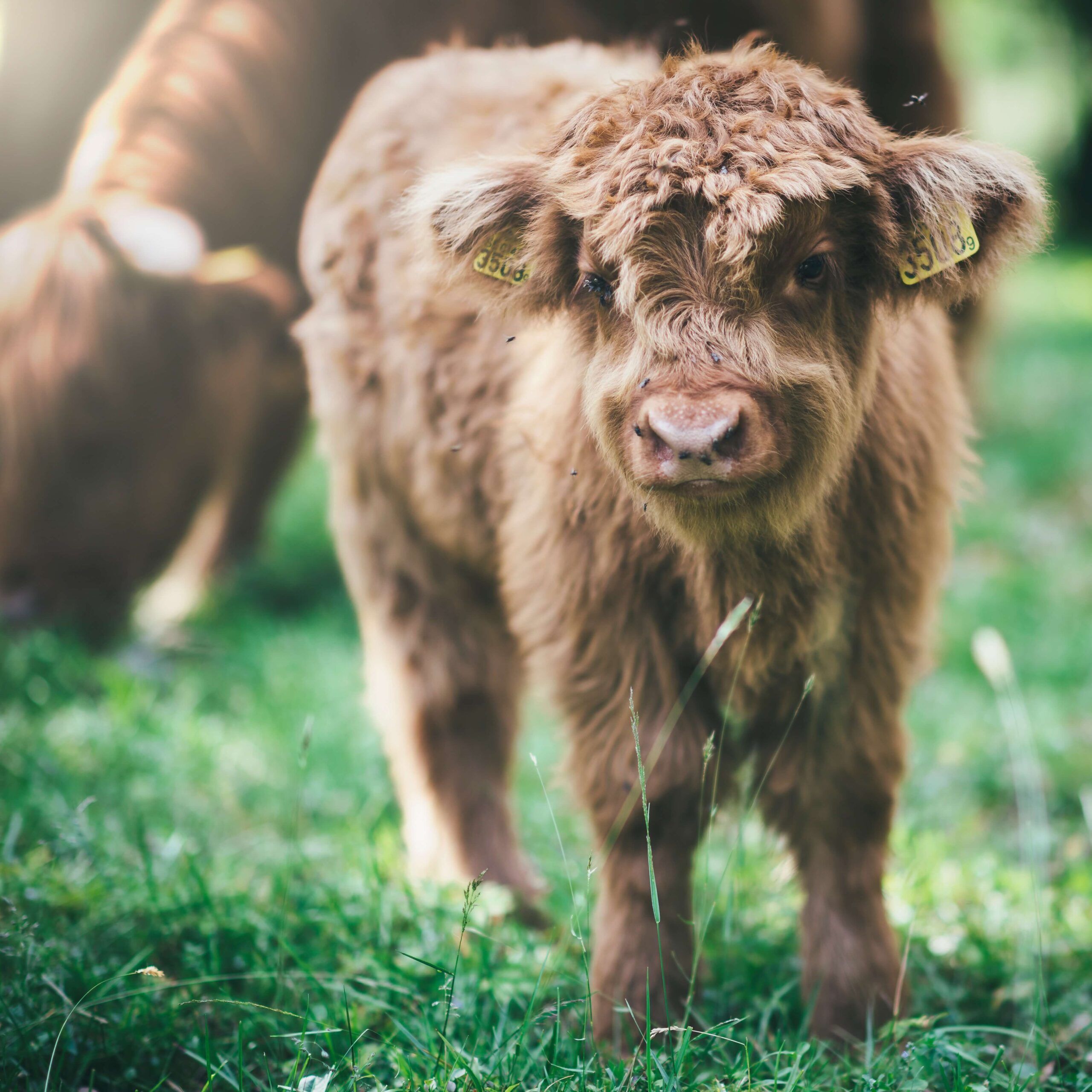
Rosh Hashanah La'Behemot: New Year for Animals
Rosh Hashanah La’Behemot, or New Year for the Animals, is one of four Jewish new year festivals indicated by the Mishna, occurring exactly one month before Rosh Hashanah. This ritual guide teaches about the origin and revival of this holiday and how your community can participate.
